AI images detection. A practical guide.
Let's face it, AI images are becoming perfect as time goes by and many people are being fooled by them. Markers like poorly drawn hands, non ability to draw straight lines or spelling of words aren't an issue for latest LLMs and as improvement goes on, these markers have become obsolete.
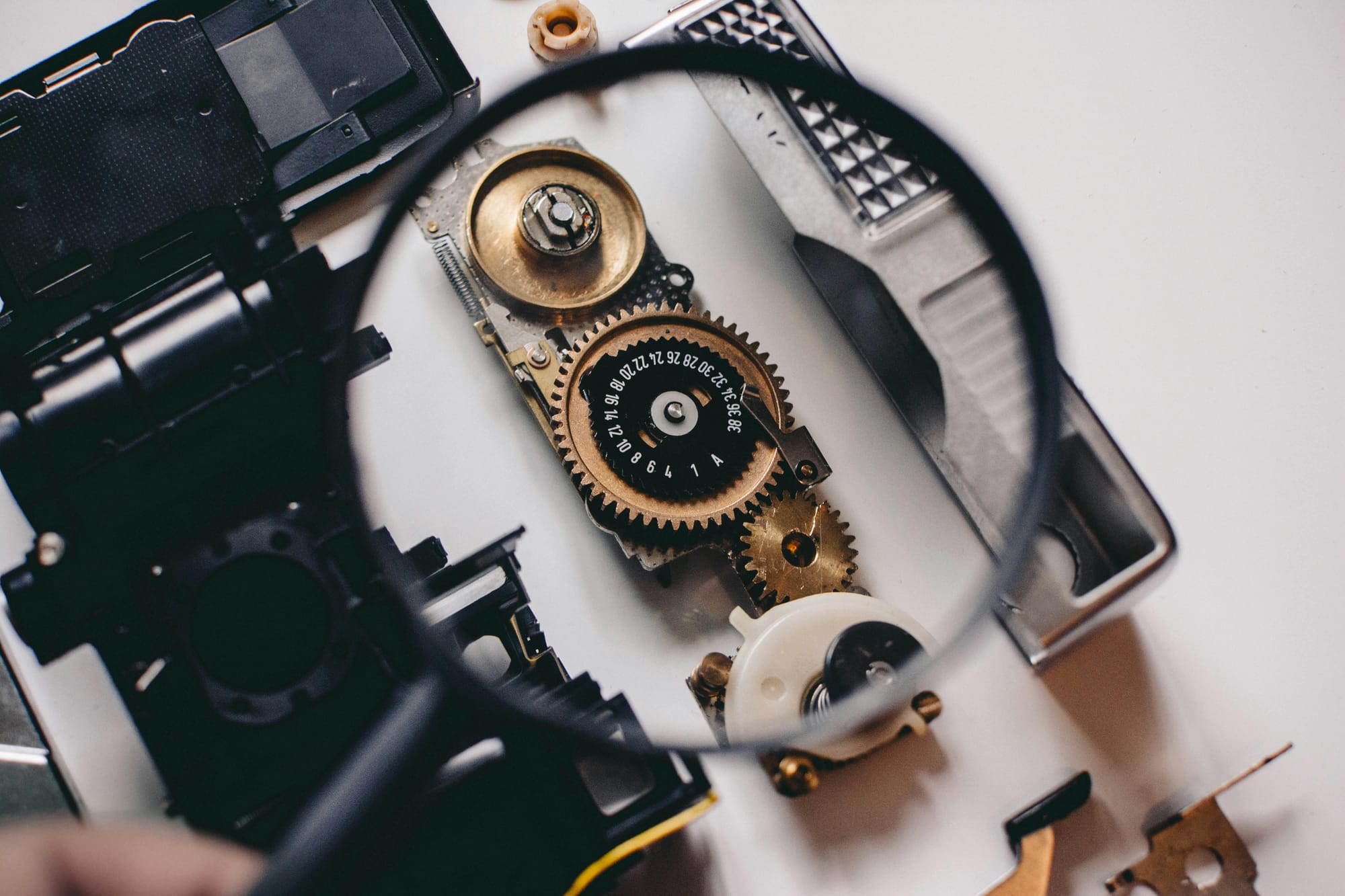
Let's face it, AI images are becoming perfect as time goes by and many people are being fooled by them. Markers like poorly drawn hands, non ability to draw straight lines or spelling of words aren't an issue for latest LLMs and as improvement goes on, these markers have become obsolete.
The much touted "AI detectors" can be easily defeated with a few engineering tricks which I would talk about later. Certain indicators of artificial intelligence-generated imagery persist, with many of these indicators seemingly deteriorating as technological advancement render them useless.
These manifestations are frequently not categorized as errors but rather as instances of "conceptual tension." In essence, an image produced by a platform such as Midjourney operates under multiple competing priorities as follows:
- Moderation policy - Image must meet predefine guard rails.
- Coherence - Image must be coherent and not jargon.
- Fulfilment - Does the image meet the user's prompt?
- Attractiveness - AI is all about feel good and superficiality.
- Other measures that internal processes dictate.
The management of multiple objectives introduces inherent complexities that can lead to conflicting outcomes, particularly when user inputs result in undesirable or illogical requests. This scenario may cause dissonance in the generated images, which can manifest in various nuanced forms.
The resulting ambiguity, rather than an overabundance of manipulation, may serve as a significant indicator of AI-generated imagery. While this does not serve as conclusive evidence, it can be subtle and necessitates careful observation. In light of the current prevalence of photorealistic AI images, it is imperative to proceed with caution and always keep a keen eye.
AI Images are super smooth
Personally, I love calling it an "unnatural sheen". Real images have some certain type of roughness that is absent in AI generated imagery. AI images are focused on producing the perfect version of the prompt and therefore, they tend to produce a flawless picture and/or object which is often lacking in the real world.
This type of perfection makes AI imagery glow in a manner that is not normal for real images. Therefore, a super smooth and perfect image is more likely to be an AI imagery rather than a real photo. Of course, they can be cleaned up to look like real images, that should be the first clue that you would have when investigating AI images
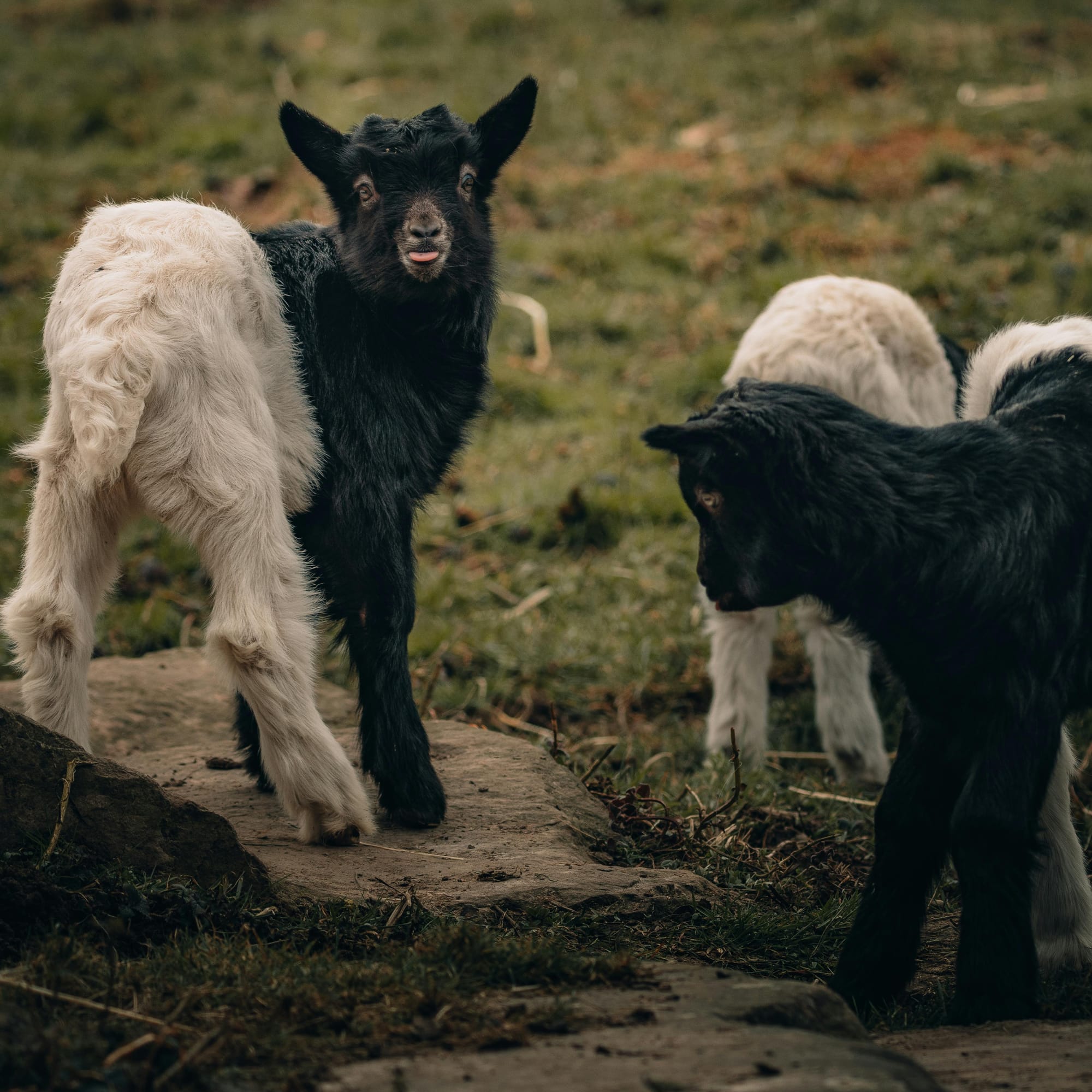
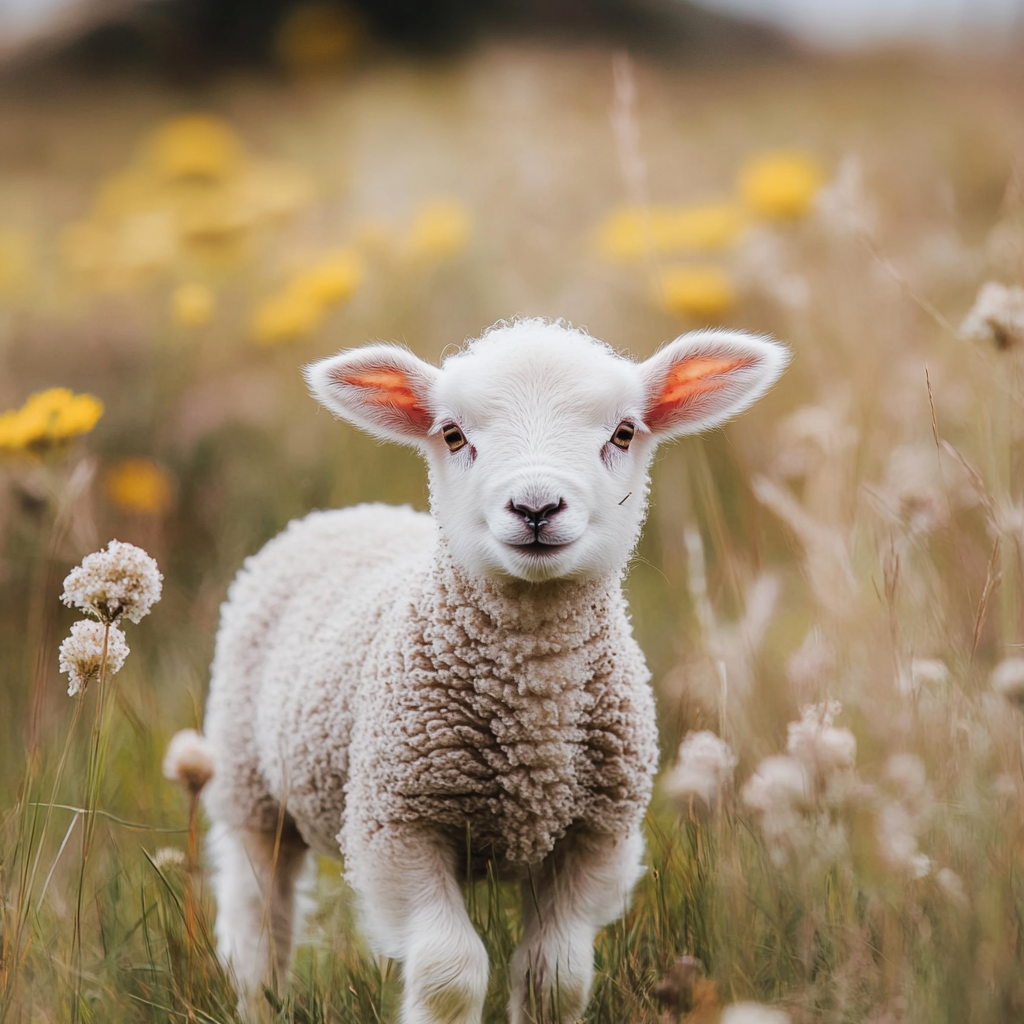
Notorious sites
To detect AI imagery, you have to know where most of the imagery comes from. One big culprit is META's Facebook. Facebook is the world's largest and most popular site with an impressive 3.06B MAUs (Monthly Active Users). This indicates that approximately 37 percent of the global population engages with Facebook on a monthly basis. This means all sorts of people congregate in this digital arena.
Therefore, malicious actors may seek to milk this impressive traffic by generating AI slop and passing it as genuine to billions of unsuspecting people especially boomers or unsuspecting people and get millions of views which translates to ad revenue.
The problem is more pronounced that thousands of people are under AI generated slops giving genuine felicitations in what they think it is a genuine photo or image. Therefore, imagery emanating from Facebook should be handled with extreme care. Chances are, it's AI generated dross.
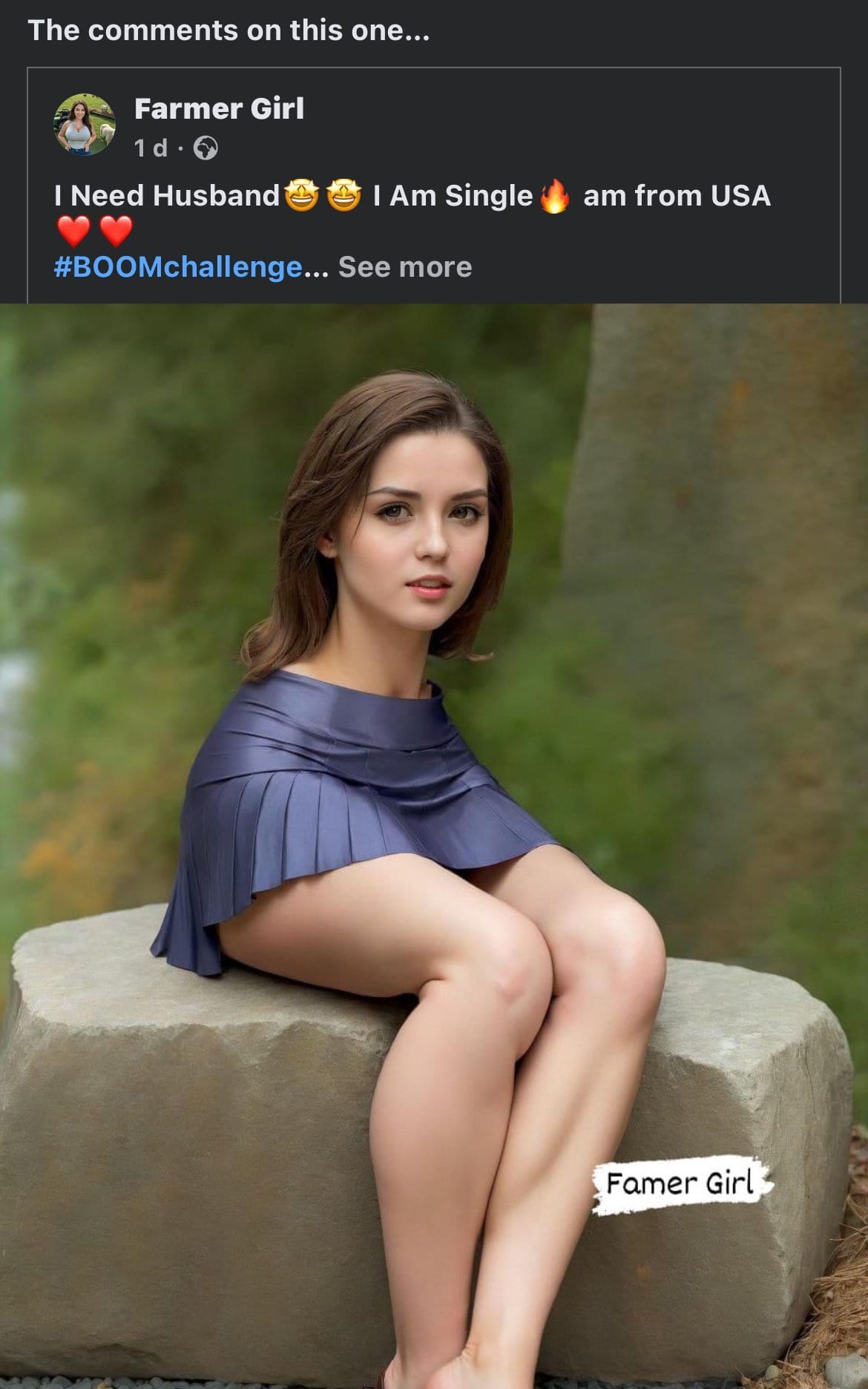

Follow this Facebook AI slop account on X to help you learn better on how to spot AI generated imagery from the digital asylum that is Facebook.
Extreme beautification
Every AI image is beautiful, no matter what the user generates. This is a far cry from reality. Artificial intelligence appears to require substantial exposure to specific elements within its pretraining datasets before it can incorporate them into generated images.
For instance, it is notable that Midjourney often neglects to include a tag in a cow's ear, despite the prevalence of such tags in real-life cows. Therefore, when encountering an image that presents an idealized representation of a subject—devoid of any additional context or elements—it is prudent to approach it with skepticism. Real life rarely exhibits such flawless depictions.
AI image models often face challenges when it comes to capturing subtlety in artistic expression. While they possess the capability to replicate a wide array of art styles, the results frequently resemble exaggerated and simplistic parodies rather than genuine representations. The notion that an image may possess layers of meaning—inviting thoughtful reflection and interpretation rather than delivering overt messages—is not fully grasped by these models.
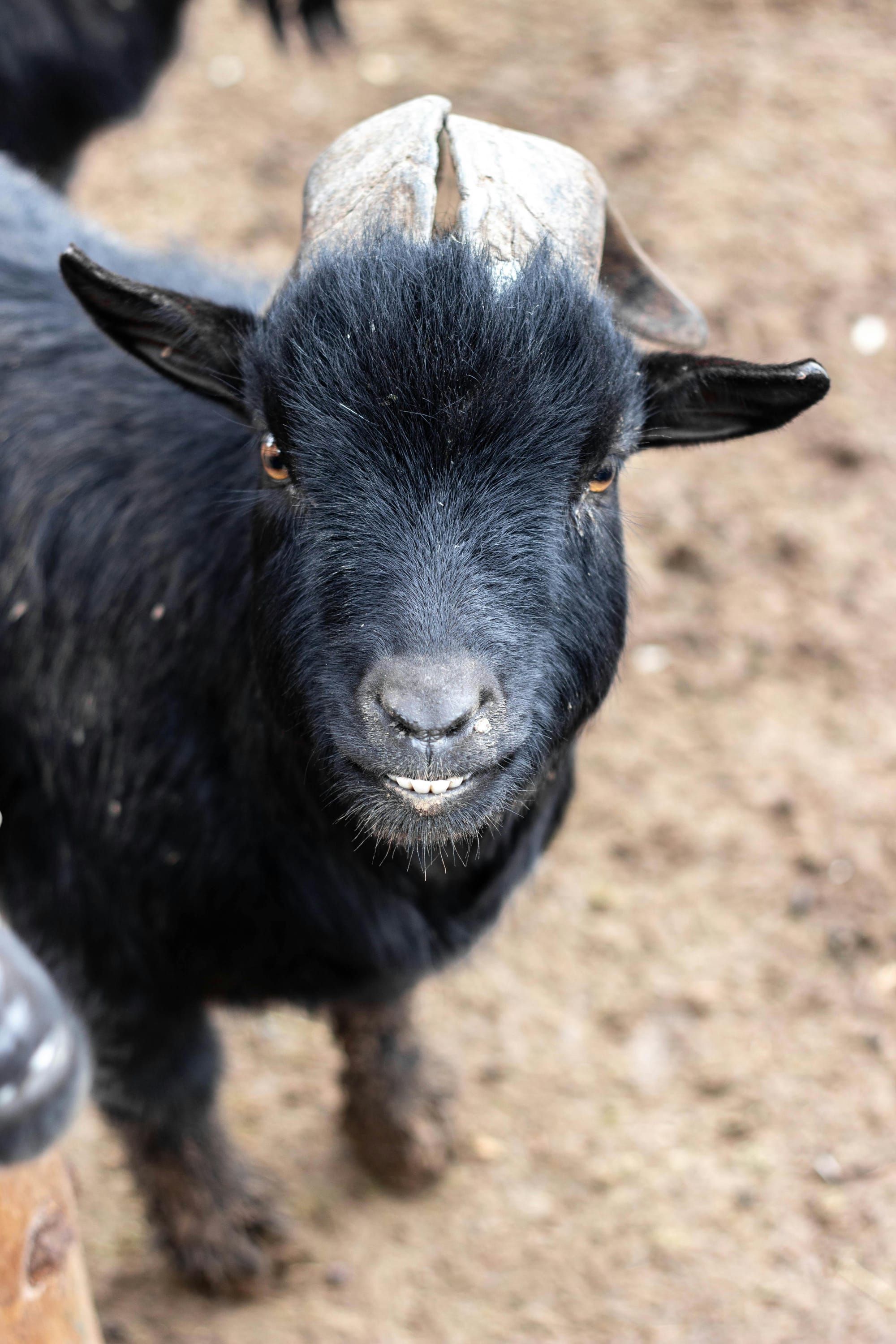
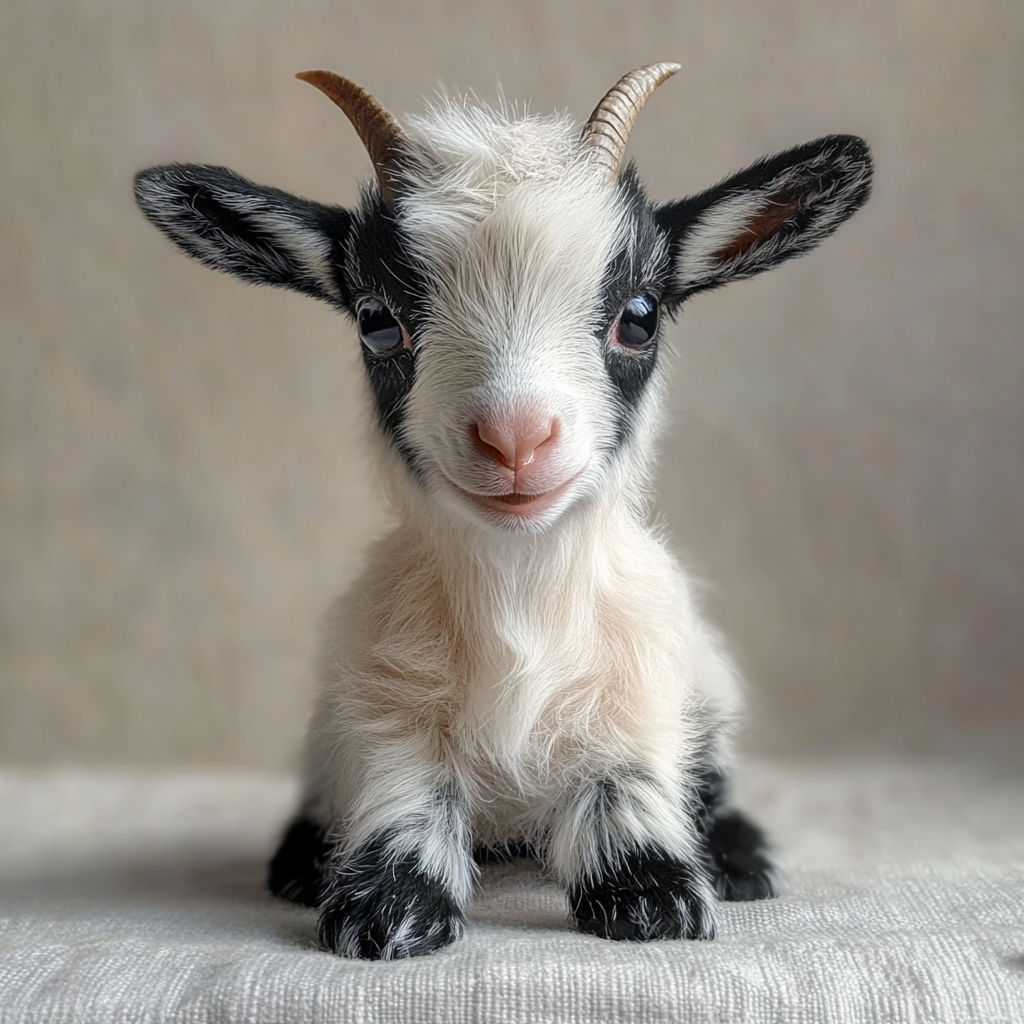
AI models seem to exhibit a notable aversion to content that is considered unpleasant or distasteful. They often face challenges in accurately representing the everyday realities of life, particularly those that involve unrefined or gritty elements, unless such representations are presented in a stylized manner. That super perfect image is more likely to be AI.
Concept mixing or merge
This one is a bit difficult to explain but you can get the gist of it. This is basically where an AI can't understand some concepts or things and instead of eliminating one, it mixes them altogether.
AI images often exhibit a tendency to find a middle ground when presented with two contrasting options. This phenomenon can be characterized as the AI's inclination to synthesize elements from both choices rather than selecting exclusively between them. Consequently, the resulting imagery may reflect a fusion of these opposing concepts, leading to a unique and sometimes ambiguous visual output.
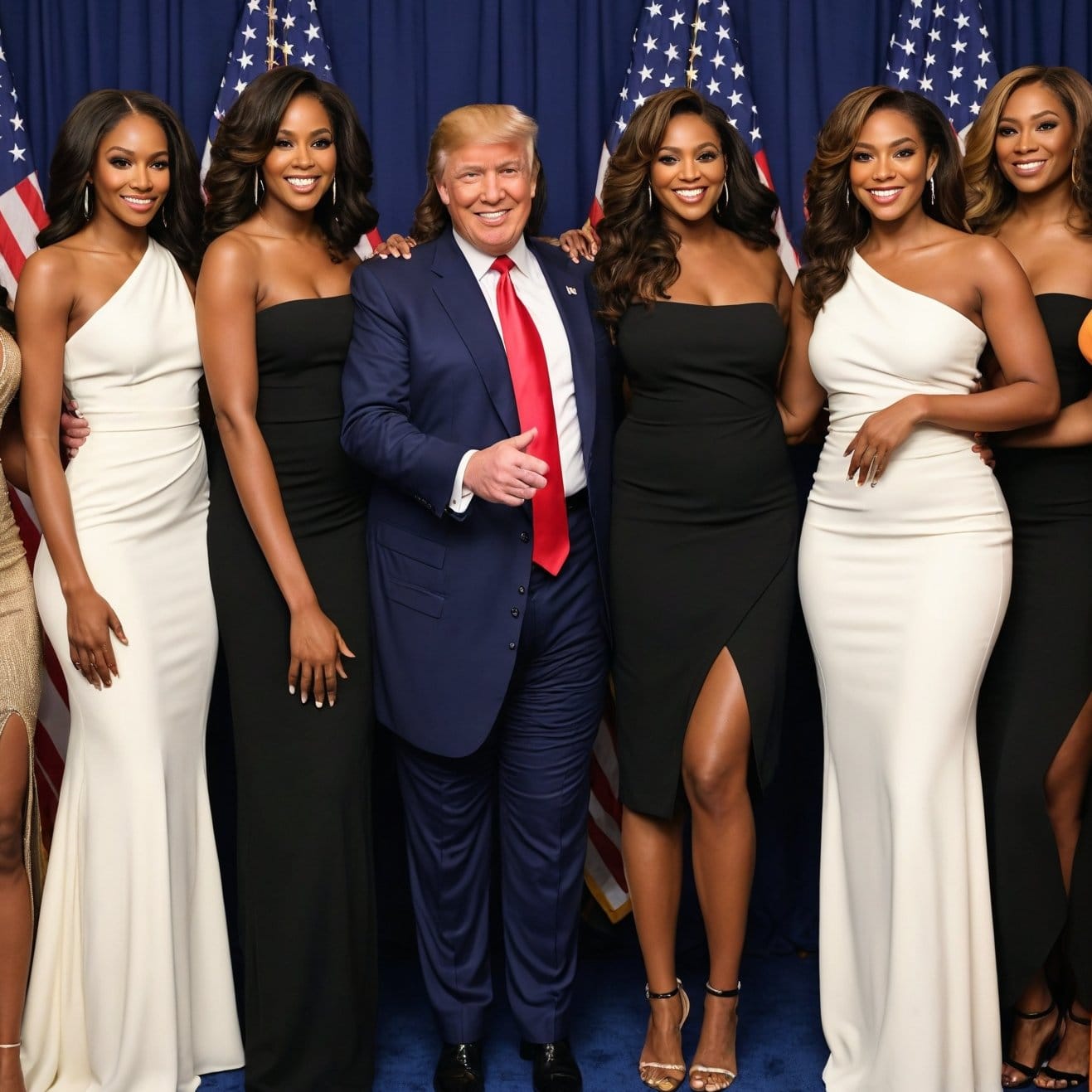
The above image, from a first glance would look like a political candidate just canvassing for votes. Nothing more. But on further inspection, you start seeing the tell tales signs. Why is the man having extra hair? double fingers on shoulders? Repeating and mismatched starts? Same face physiognomy? Eyes? You can see AI was conflicted on how to handle that and just mixed them altogether.
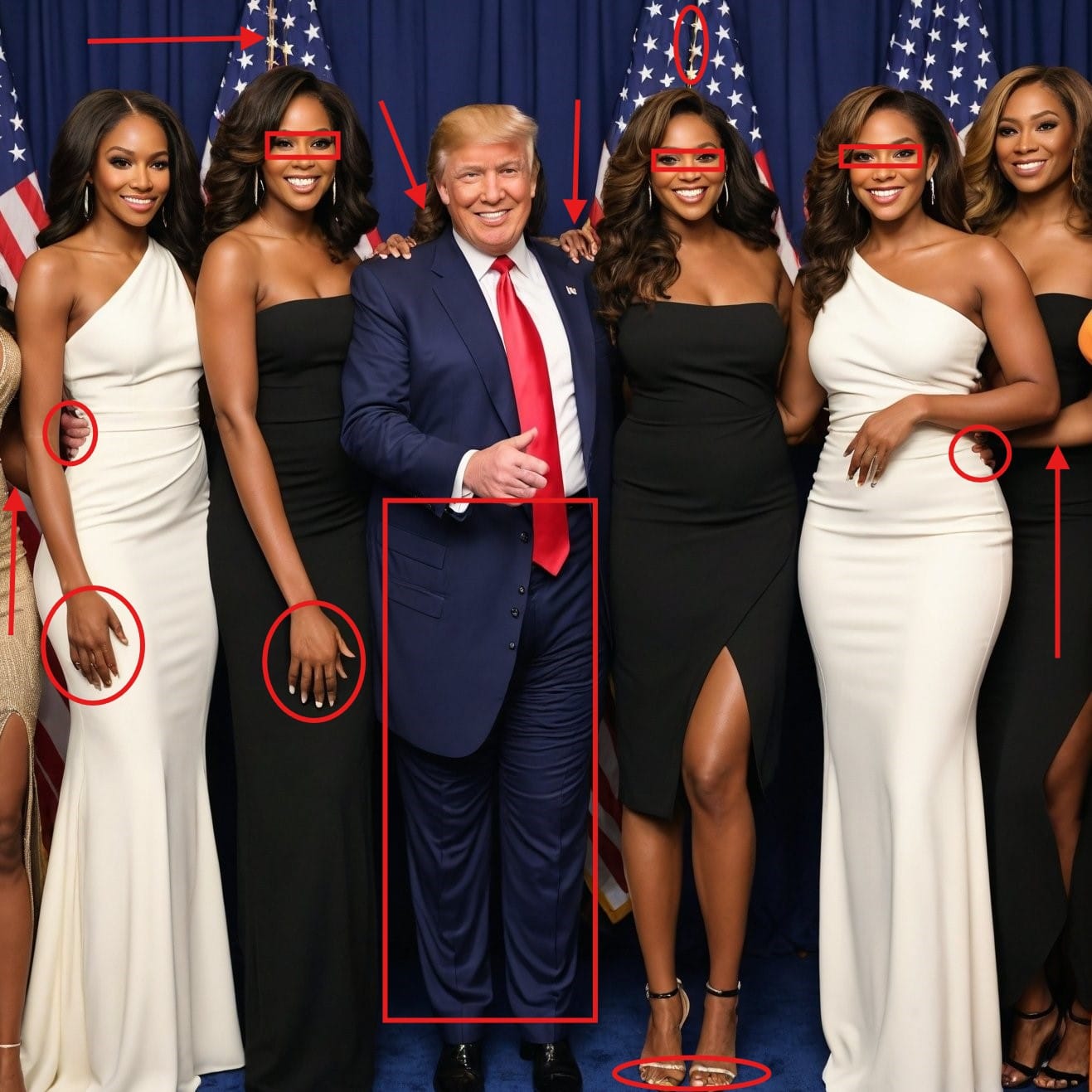
The phenomenon of concept merging is most clearly observed in subtle details. It is advisable to identify the least significant elements within the image that remain distinct as individual objects. Frequently, this will manifest as a combination of two or more different objects that are integrated or fused together.
Tessellated or Tiled Patterns.
While I believe this one would be solved in the future, as of now, it defeats all LLMs, including the most powerful ones. Tessellation, also referred to as tiling, is the process of covering a surface, typically a two-dimensional plane, with one or more geometric shapes known as tiles. This method ensures that the tiles are arranged without any overlaps or gaps, resulting in a seamless and continuous surface. All AIs can't do it.
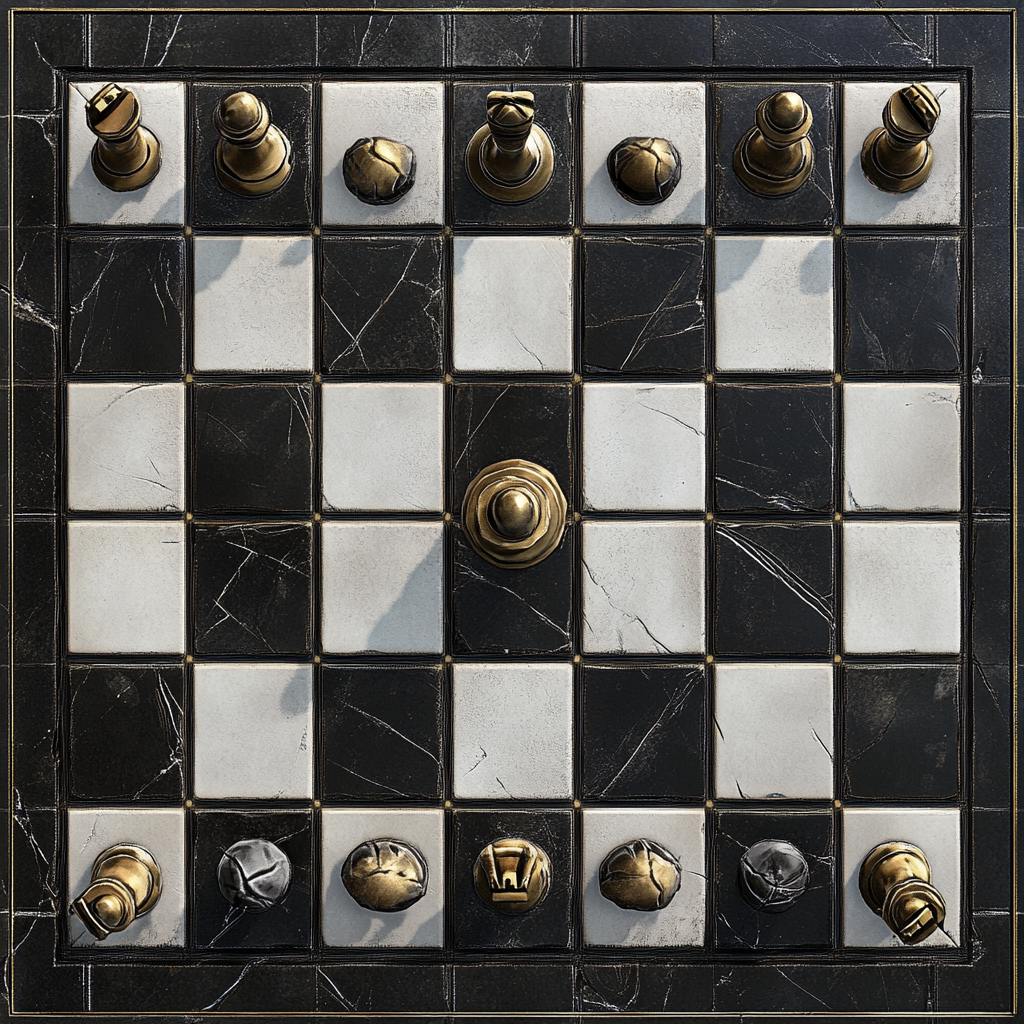
This scenario exemplifies the concept of the attacker's advantage. Tessellated patterns are characterized by their uniformity, necessitating that each brick rendered by the artificial intelligence (AI) be flawless. A success rate of 95% is insufficient; even a single malformed brick can compromise the overall illusion.
Other instances where this occurs include:
Ropes/Strings/Cables
This one works well if there are multiple and entangled. Can they be traced from start to finish without becoming incoherent? Do they become a mismatch of sloppy lines and difficulty to understand mass? If so, that's AI garbage.
Buttons
In real images, you can check out the pattern of buttons clearly. If the buttons lose their pattern and become mismatched, then that is most likely AI slop. Are the buttons evenly spaced and even themselves? Are they too close or too far away. Check keenly.
Trees
Especially the ones with many branches and in a dense forest landscape. The complexity of tree branches can lead to an appearance that resembles random, scribbled nonsense, which is how artificial intelligence often interprets them. Upon closer inspection, it becomes evident that there are inconsistencies present.
Conclusion
As AI gets better and better, it is possible that whatever clues we have here today may become obsolete. That's why you should stay on top of your game by updating your knowledge bank often. Even real images can be manipulated to deceive and that's why you be wary of every image you come across.
Basic questions one should ask themselves before deciding to share or distribute suspicious images.
- Person sharing the image - Is the person a reliable source or a propagandist? Does he/she/them have a history of sharing accurate materials?
- Track record - Is it a political influencer trying to troll the other camp or is it a reputable journalist, researcher or expert? Discerning that should give you answer.
- Source - Where did you get the image from? X or Facebook or Instagram? As earlier noted, some sites have a higher propensity of propagating AI slop
- Similar images - Does that image have similar images across the internet or is it the first time you saw it? That glossy and unbelievable image might end up as a fake. Confirm first before sharing.
- Likeability - What are the chances that it would be fake? Does it seem to be too good to be true? Too superficial. Check it out.
- Practicality - Some images are just too good to be true. A picture of a bird taken in an inaccessible area. A small cute animal in a perfect place etc. Be very careful and verify first.
Use of "AI detectors" is highly discouraged since most of them are prone to self positive. Also, AI images can be spruced up to beat AI detectors. Even Content Credentials by Adobe can be forged to make AI images look like non AI images.